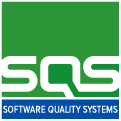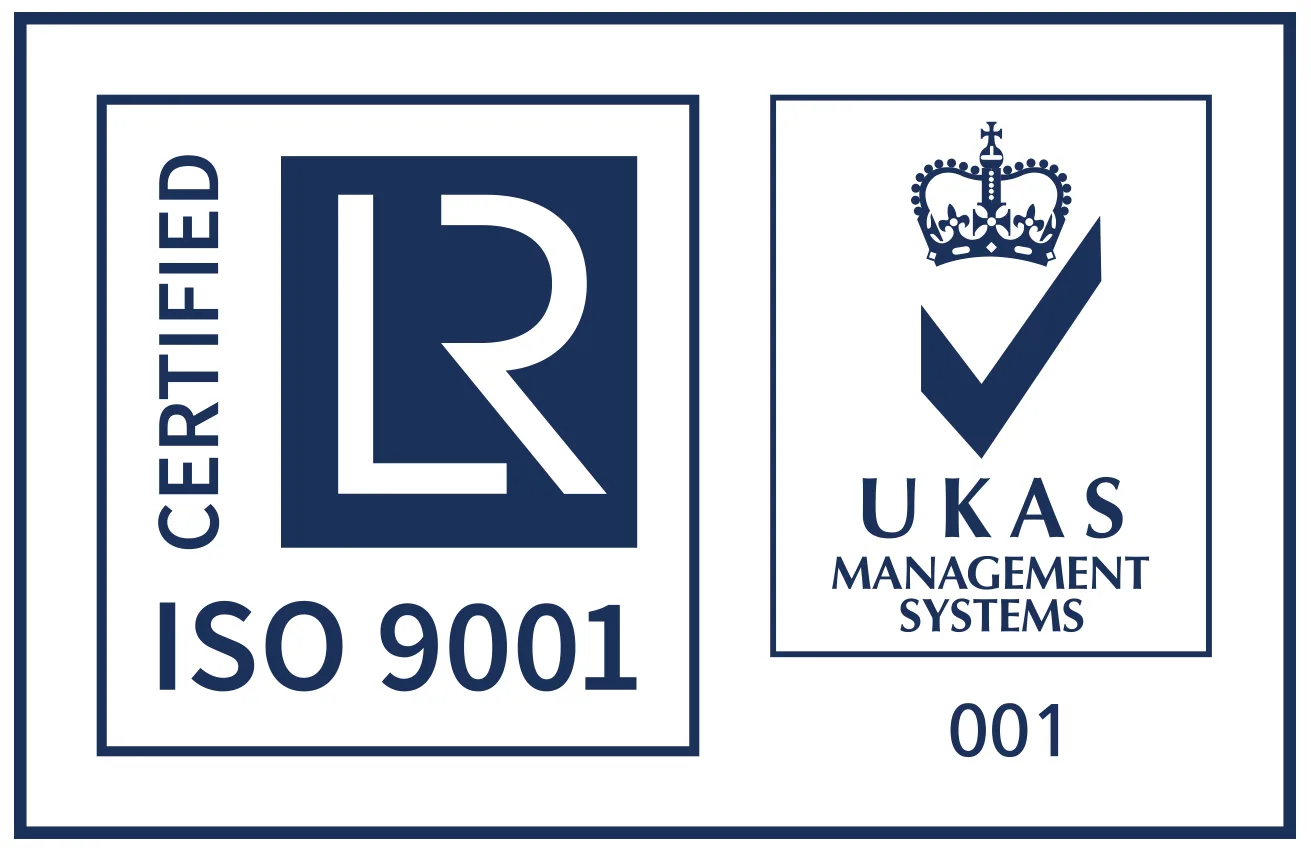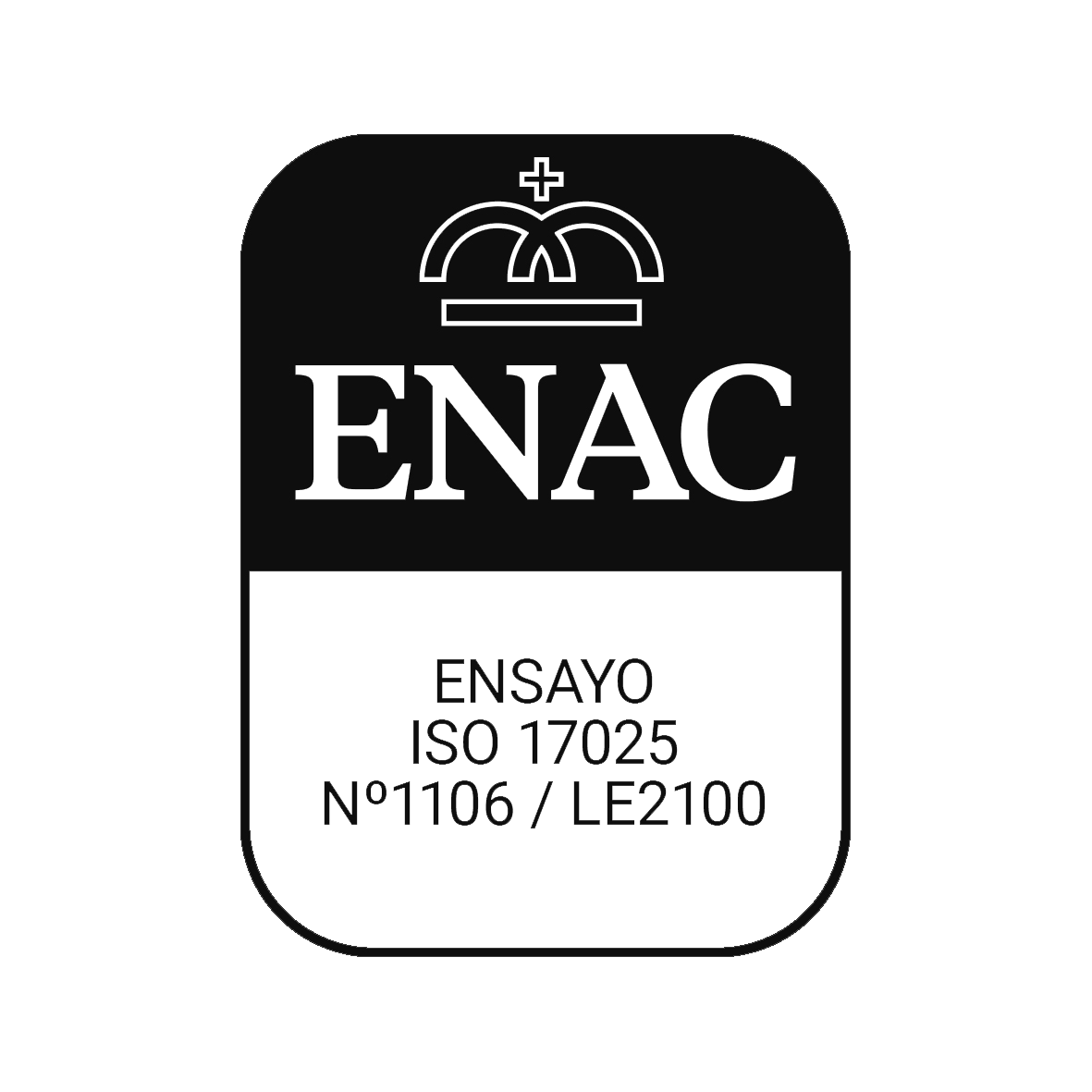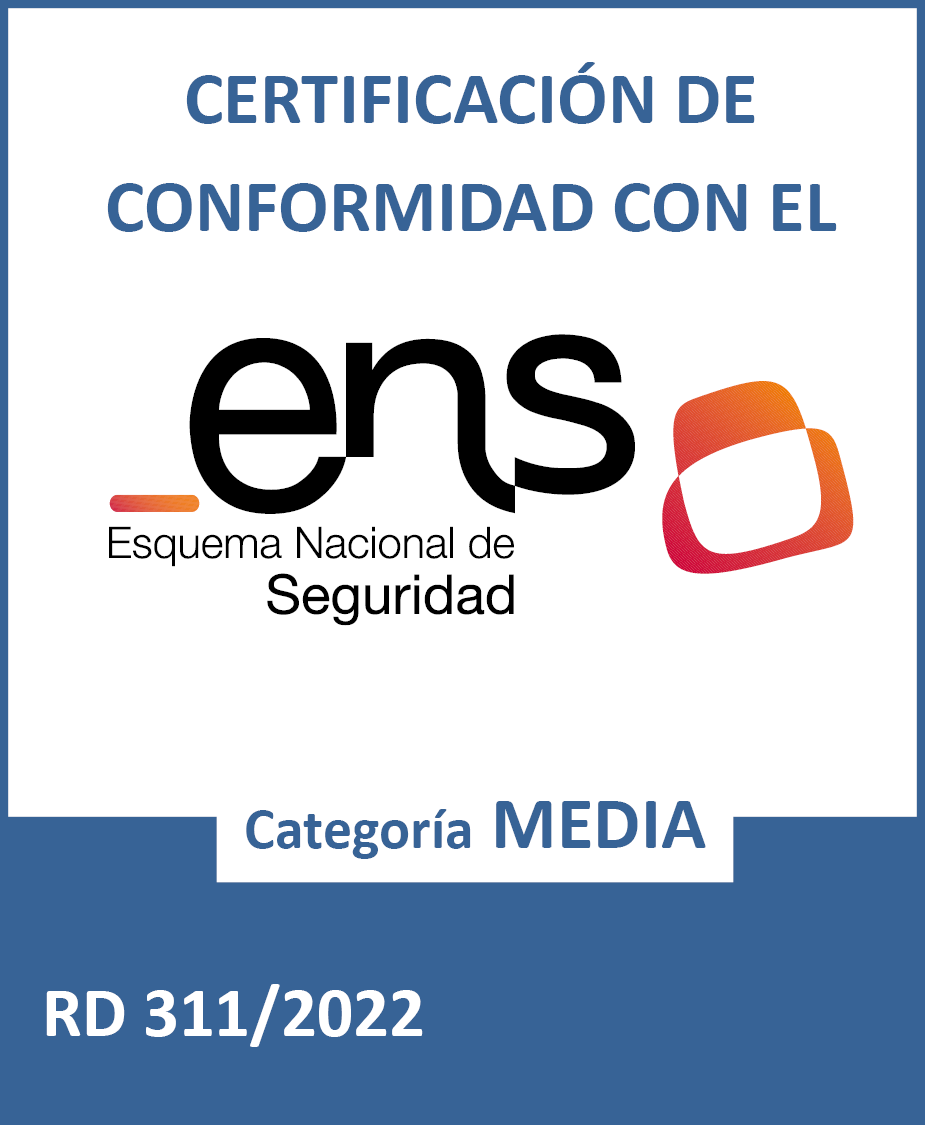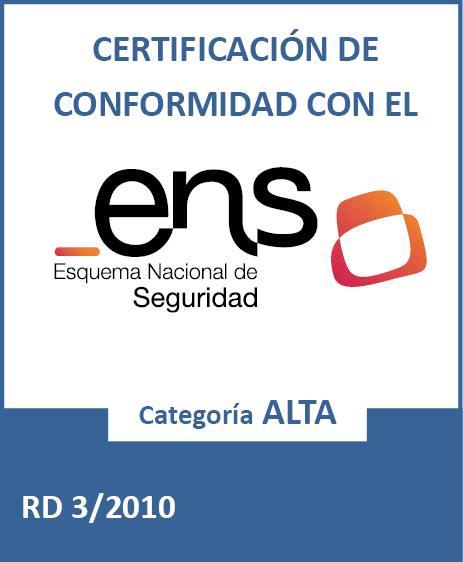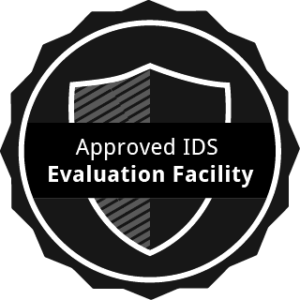Accessibility analysis
Having an accessible website or mobile application offers numerous advantages for its owner: it increases usability, expands the potential visitor base, improves web optimization in search engines (SEO), and clearly benefits the brand’s image.
At SQS, we work towards ensuring that everyone has the same ease of access to websites or mobile applications and can perform the desired tasks and operations without difficulty.
Web accessibility analysis is based on recognized accessibility guidelines, such as the Web Content Accessibility Guidelines (WCAG), with the aim of ensuring that digital content is accessible to everyone, regardless of their abilities.
Furthermore, according to Royal Decree 1112/2018 of March 21, there is an obligation to comply with accessibility requirements on public sector websites and mobile applications in Spain. This is essential to ensure accessibility and non-discrimination for people with disabilities when accessing services and information provided by public entities and organizations. Public sector websites and mobile applications must comply with the Web Content Accessibility Guidelines (WCAG) 2.1 at level AA. These guidelines are an international standard for web accessibility and have been adopted in Spanish regulations to ensure that websites and mobile applications are accessible to all individuals, including those with disabilities.
This decree also specifies that all private sector websites and mobile applications, whose content pertains to goods and services available to the public, must comply with the accessibility standard UNE-EN 301549, meaning the Level A and AA criteria of WCAG 2.1.
The WCAG 2.1 is divided into four fundamental principles:
- Perceivable: Information and user interfaces must be presented in a way that can be perceived by all users, regardless of their sensory abilities.
- Operable: User interface components and navigation must be operable for all users, including those who rely on the keyboard, mouse, or other input methods.
- Understandable: Information and the operation of the interface must be understandable to all users so that they can comprehend and effectively use the content.
- Robust: Content must be robust enough to be reliably interpreted by a wide variety of user agents, including assistive technologies.
The “AA” compliance level of WCAG 2.1 refers to the success criteria at both Level A and Level AA, which are the two highest priority levels. Meeting Level AA means addressing a wide range of accessibility issues and providing a high degree of accessibility for most users.
It’s important to note that regulations and standards can change over time, so it’s always advisable to consult the current and specific legislation and regulations in your area to ensure that you are complying with the current accessibility requirements.
Our methodology
There are numerous tools available in the market to assess the accessibility of a website, but none of them alone can fully determine whether a website or a mobile application complies with the required checkpoints. To ascertain the accessibility of a website or application, a team with extensive knowledge and experience is essential.
The methodology employed by SQS in its accessibility assessments is based on the methodology proposed by the W3C/WAI, the Website Accessibility Conformance Evaluation Methodology (WCAG-EM). This methodology focuses on ensuring that the system complies with the accessibility principles defined by WCAG 2.0 at the target conformance level (A, AA, AAA).
SQS sets the goal of certifying that a website or mobile application meets the requirements of the international guidelines governing WCAG 2.1 at the AA level.
An audit of your website and/or mobile application will be conducted, resulting in a detailed report outlining all the improvements that can be implemented to make the website and/or application accessible in accordance with current legislation, such as UNE-EN 301549:2022.
The creation of an accessibility report for a web page and/or a mobile application involves evaluating and documenting how these platforms adhere to web accessibility standards and guidelines to ensure that they are usable by a wide range of users, including those with disabilities.
Here's a detailed breakdown of the methodology used by SQS to carry out accessibility assessments:
- Understanding Accessibility Guidelines:
A study of relevant accessibility guidelines, such as WCAG 2.1 or WCAG 2.2, is conducted. These guidelines provide specific criteria that must be met for a website or mobile application to be accessible.
- Selection of Evaluation Tools:
Accessibility evaluation tools, such as Axe, WAVE, AInspector Sidebar, or Lighthouse, are used to identify accessibility issues in the mobile application and the website.
- Evaluation of the Mobile Application:
The mobile application is installed on various mobile devices, including iOS and Android.
Accessibility evaluation tools are used to scan the application for accessibility issues.
Manual testing is performed with screen readers and other assistive devices.
- Evaluation of the Website:
Accessibility evaluation tools are used to scan the website for accessibility issues.
Accessibility is verified in different browsers and devices.
Manual testing is conducted with screen readers and other assistive technologies.
- Documentation of Issues:
A list of identified accessibility issues is compiled, including details about the location and severity of each problem.
- Issue Prioritization:
Identified issues are categorized based on their severity and impact on users.
- Development of Solutions:
A report is created for the development and design team, notifying them of the identified accessibility issues so they can be rectified more easily. This may include changes to code, page structure, and design.
- Validation Testing:
Validation testing is performed to ensure that issues have been effectively resolved and accessibility has been improved.
- Accessibility Report Creation:
Results of the evaluation are documented, including identified issues, implemented solutions, and any relevant information.
- Recommendations and Future Actions:
Recommendations are provided to maintain and enhance accessibility in the future. This may include team training, implementation of accessibility policies, and planning for regular audits.
- Communication and Dissemination:
Results and the accessibility report are communicated to stakeholders, including the development, design, and management teams.
- Monitoring and Maintenance:
Accessibility is monitored over time, and the accessibility report is updated as changes are made to the mobile application and website.
It’s important to remember that accessibility is an ongoing process and not a static goal. SQS strives to maintain and enhance accessibility as technologies and user needs evolve.
Processes
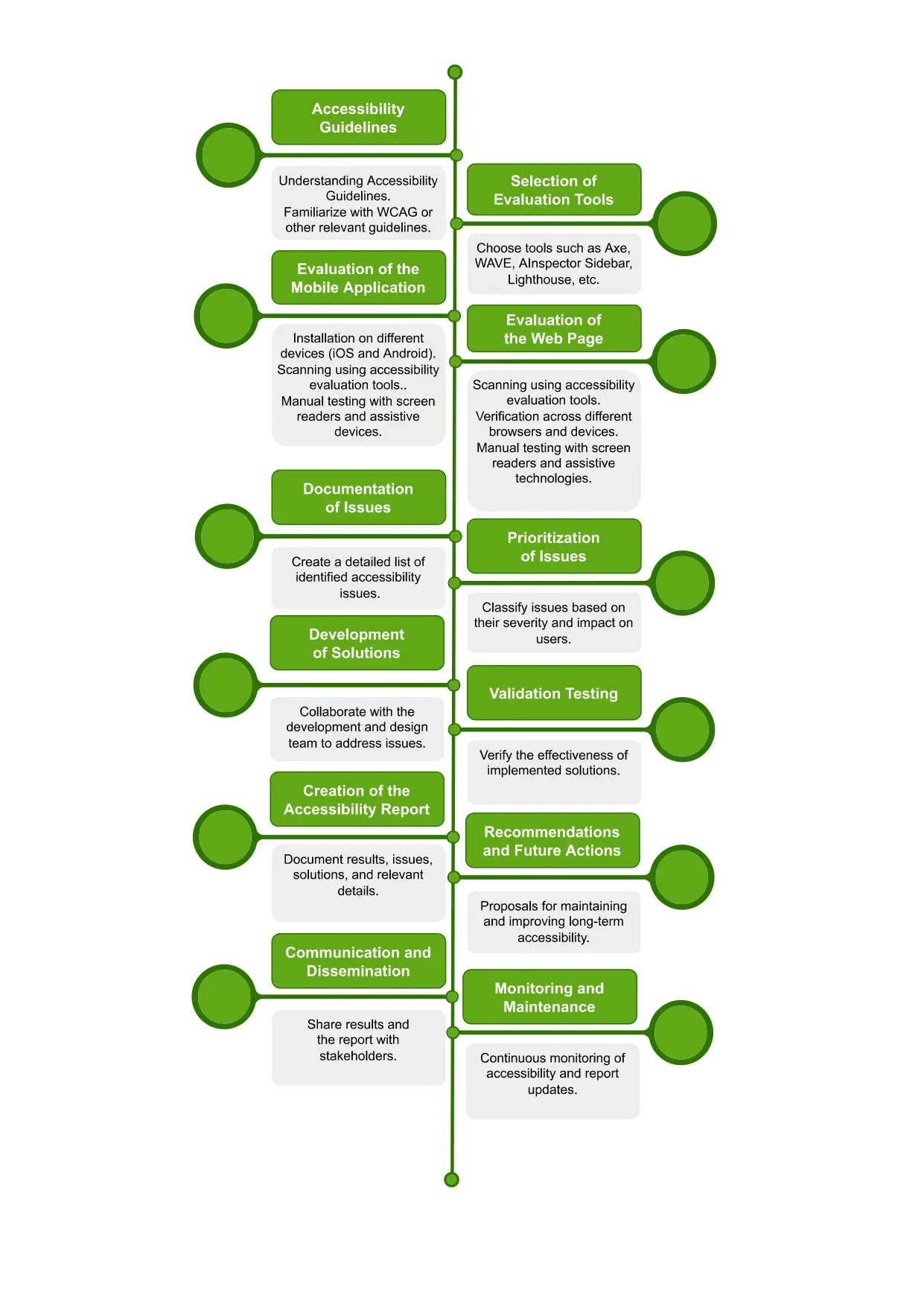
Techniques
The techniques used include inspection, measurements, and testing. Both automated tools and manual reviews conducted by experts are utilized. All results from automated tools are analyzed, and comparisons are made between different tools, with expert evaluation.
The service offered by SQS encompasses accessibility assessments in both the development and production phases.
Here is a more detailed description of how these techniques are applied in the context of accessibility:
- Inspection:
Inspection involves visually reviewing and assessing a webpage or mobile application for accessibility issues. This includes reviewing the structure, element tags, color contrast, reading order, and other visual aspects. Reviewers may use accessibility checklists based on guidelines like WCAG to identify potential issues.
- Measurements:
Measurements are used to evaluate specific technical aspects, such as color contrast, text size, label length, response time, and other quantitative factors. Measurements may involve the use of automated tools to verify compliance with accessibility criteria.
- Testing:
Testing involves direct interaction with a webpage or mobile application using assistive technologies like screen readers, keyboards, voice screen readers, screen magnifiers, etc. Manual testing allows evaluators to experience accessibility from the perspective of a user with disabilities. This can help identify issues that may not be apparent in a visual inspection or through measurements.
These three techniques (inspection, measurements, and testing) are complementary and used together to conduct a comprehensive evaluation of the accessibility of a webpage or mobile application. By combining automated methods with human review and manual testing, it is possible to identify a wide range of accessibility issues and ensure that digital content is usable by all users, regardless of their abilities.
The entire process will be carried out by experts in accessibility and usability whose goal is to detect accessibility errors on websites or mobile applications and provide detailed reports to facilitate the implementation of necessary improvements for their resolution.
Experts play a crucial role in ensuring that websites and applications are accessible and usable by a wide range of users, including those with disabilities.
Key aspects that accessibility and usability experts undertake in this process:
- Comprehensive Audit and Evaluation: Experts conduct thorough audits of web pages and mobile applications, using techniques such as inspection, measurements, and manual testing. This allows them to identify a wide range of accessibility issues.
- Detailed Reporting: After the evaluation, experts generate detailed reports describing the identified accessibility issues. These reports include a description of the issues, their location on the website or application, and their severity.
- Issue Prioritization: Experts assist in prioritizing accessibility issues based on their significance and impact on users. This enables development teams to address the most critical issues first.
- Collaboration with the Development Team: Experts inform the development and design teams on how to implement solutions to accessibility issues. This may include changes to code, page structure, and design.
- Validation Testing: After implementing solutions, it is important to conduct validation testing to ensure that issues have been effectively resolved and that accessibility has been improved.
- Training: Experts can provide training to staff and teams involved in the development and design process to promote greater awareness and understanding of accessibility.
- Ongoing Monitoring and Maintenance: Accessibility is an ongoing process, so experts help establish practices and processes to maintain and enhance accessibility over time.
In general, having experts in accessibility and usability is essential to ensure that websites and mobile applications meet accessibility standards and provide an inclusive experience for all users
Processes
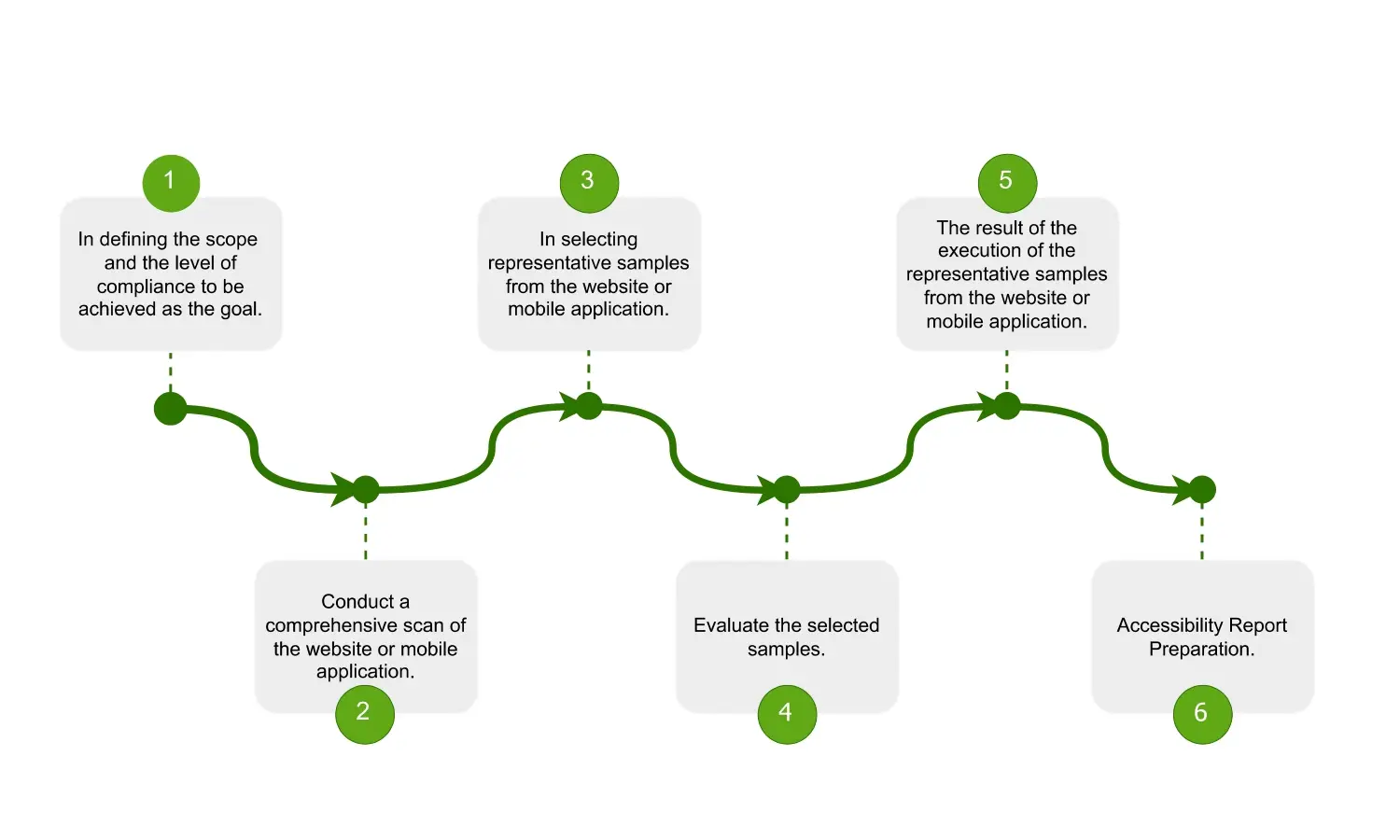
Contact with an expert
If you want to know more about the subject or have any other type of question, do not hesitate, get in touch with us.
Get a quote
Get more information

ISO 9001
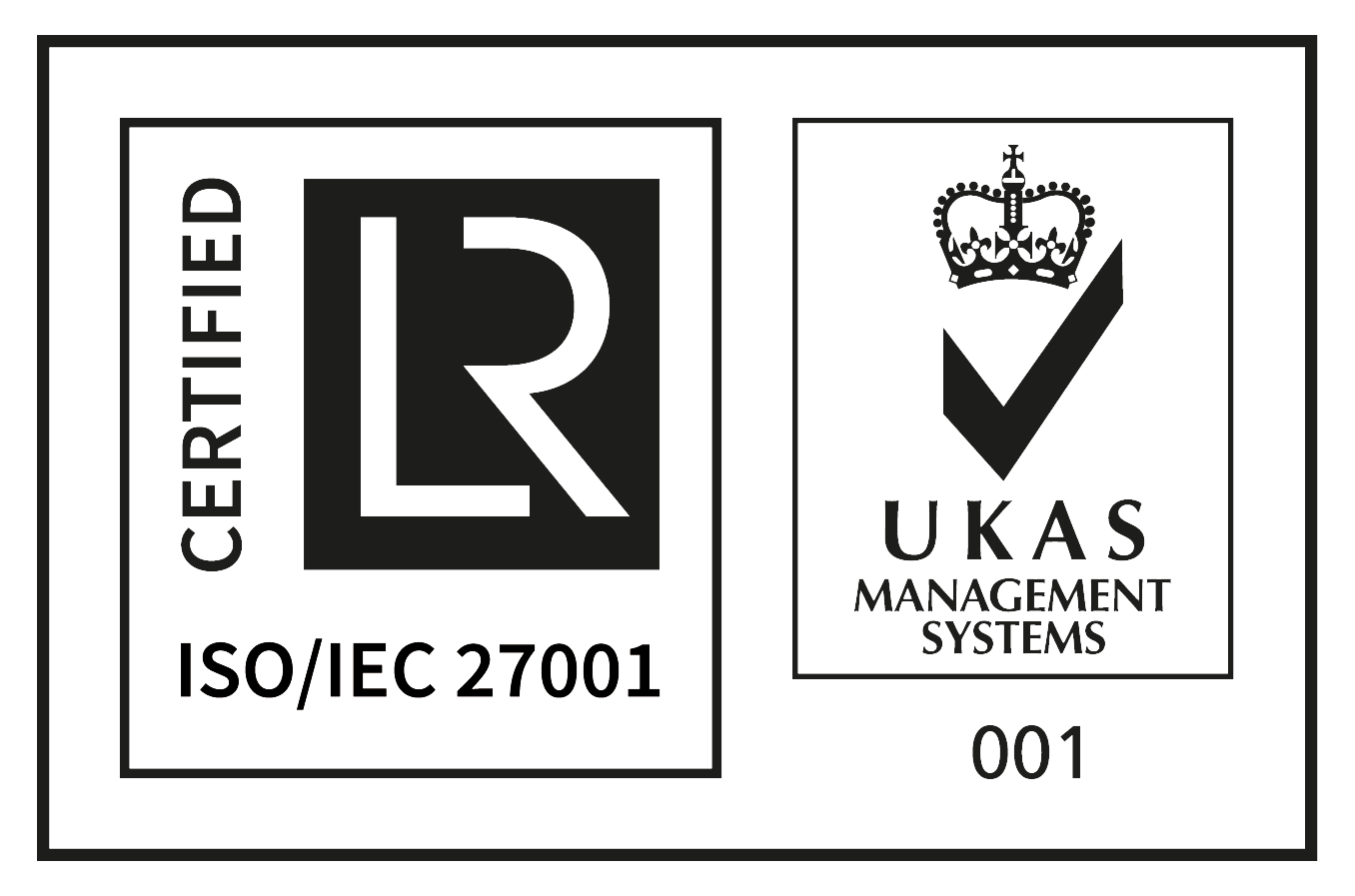
ISO/IEC 27001
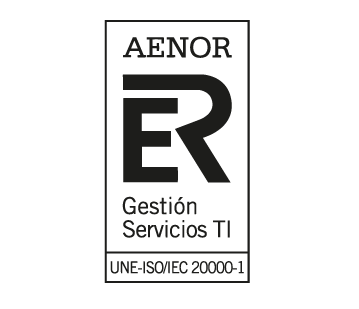
ISO 20000
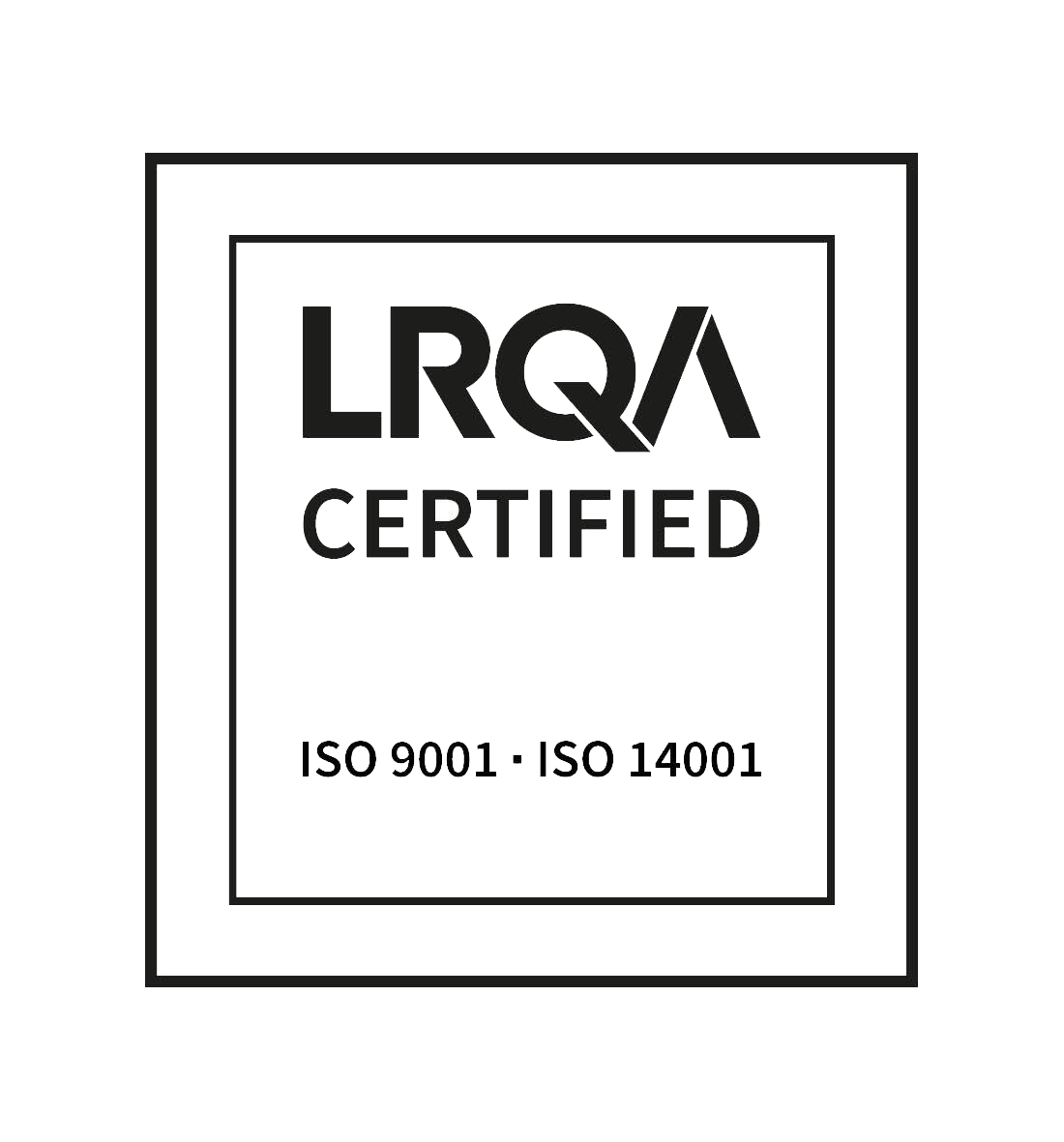
ISO 14001
Follow us
Disclaimer | Cookies Policy | Code of Ethics | Quality, Safety and Environment Policy | Contact
© 2025 Software Quality Systems S.A. | SQS is a member company of Innovalia
